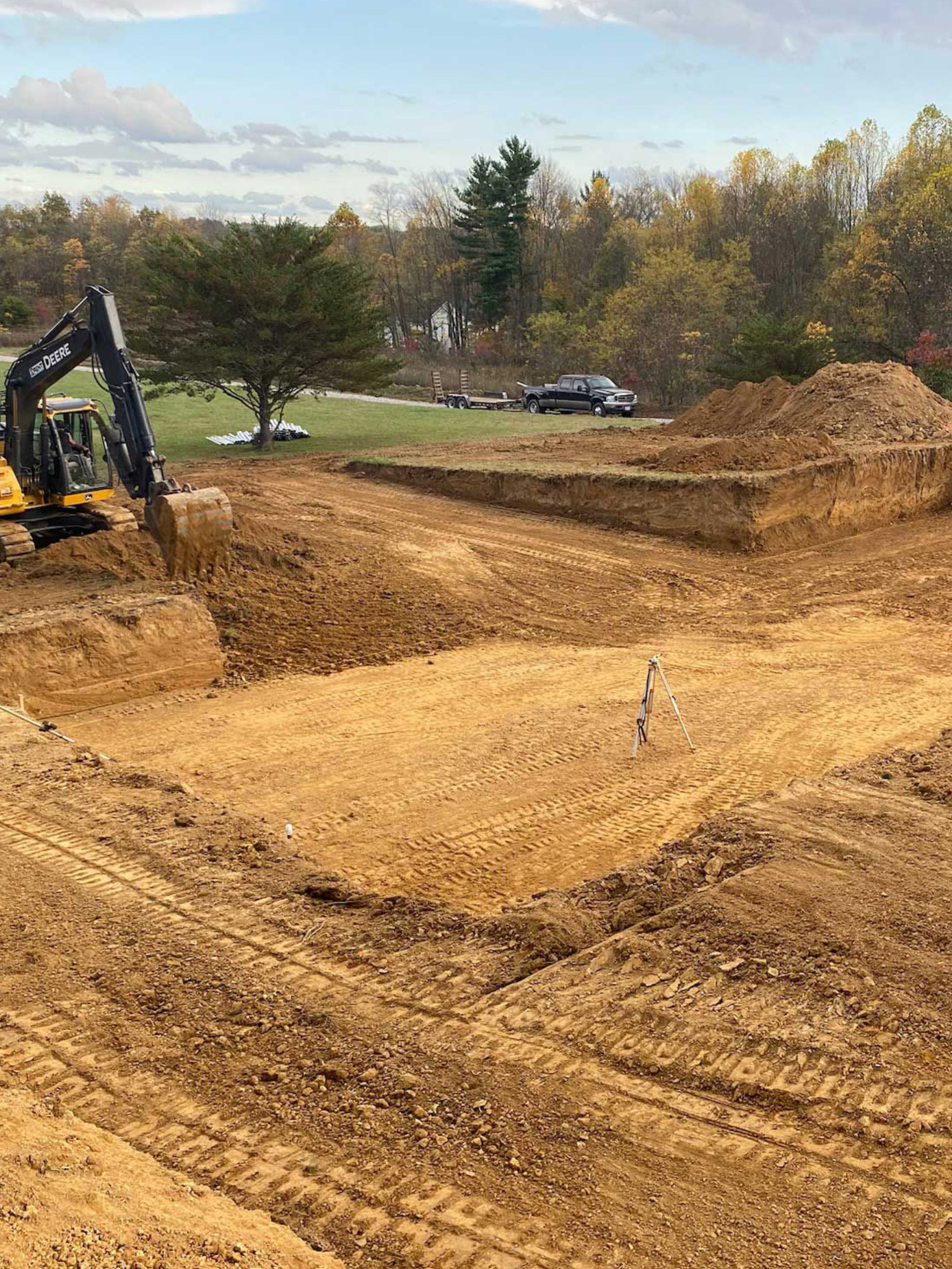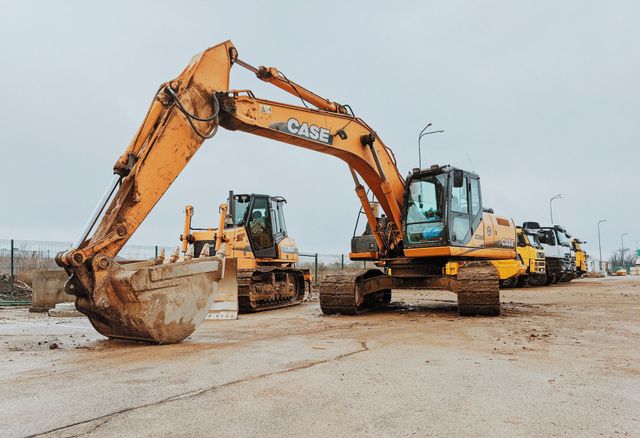Finest Dump Truck Companies in Ohio - Top-Rated Dump Truck Providers
Finest Dump Truck Companies in Ohio - Top-Rated Dump Truck Providers
Blog Article
Introducing the Art of Excavation: Pro Tips for Safe and Efficient Digging
In the world of excavation, the mastery of risk-free and efficient digging is an art form that calls for precision, expertise, and adherence to established techniques. As dirt is transformed and earth is moved, the complexities of excavation reveal themselves, requiring an eager understanding of tools, soil composition, safety and security methods, and environmental considerations. The proficiency needed to navigate these components successfully can imply the difference in between a successful excavation job and a prospective disaster. By unwinding the layers of this elaborate process, a world of insights and methods awaits those looking for to boost their excavation abilities to brand-new elevations.
Importance of Proper Tools
To ensure the safety and security and effectiveness of any excavation job, using the proper tools is paramount. Excavation jobs differ in extent and intricacy, ranging from small household landscaping jobs to massive construction endeavors.
These versatile equipments come in different sizes to match different project demands. Small excavators are optimal for smaller jobs, while bigger excavators take on more extensive jobs successfully.
Bulldozers stand out in jobs that require pushing huge quantities of soil or debris. By investing in the suitable tools, excavation projects can be completed securely, on time, and with precision.
Recognizing Soil Structure
A detailed understanding of dirt make-up is essential for performing excavation projects with precision and safety and security. Understanding the various types of dirt is important as it directly influences excavation approaches, devices choice, and overall project effectiveness.
Silt fragments are smaller sized than sand but larger than clay, providing modest drain and cohesion. Organic issue, such as rotting plant product, affects soil fertility and security.
Before beginning excavation, performing dirt tests to determine its structure and qualities is necessary. This details assists in choosing the proper tools, carrying out safety procedures, and developing excavation techniques tailored to the particular dirt conditions - septic ohio. By comprehending dirt structure, excavation professionals can improve task end results while making sure safety and security and adherence to finest methods
Precaution and Procedures
Comprehending dirt structure is the foundation upon which safety steps and procedures for excavation tasks are built, making certain the health of employees and the success of the undertaking. When it comes to security throughout excavation, there are numerous crucial actions that need to be carried out to alleviate dangers and stop crashes.
Most importantly, prior to any type of excavating commences, a thorough inspection of the site ought to be carried out to determine any kind of prospective dangers such as underground utilities, unsteady dirt problems, or neighboring frameworks that might pose a danger. It is crucial to have an experienced person manage the excavation process to make certain that all safety and security methods are adhered to strictly.
Moreover, all workers included in the excavation should be correctly trained in safe digging practices and the proper procedure of tools. By sticking to these safety and security procedures and protocols, excavation projects can be finished successfully and without occurrence.
Efficient Excavation Planning
When starting an excavation job, careful planning is important to guarantee efficiency, safety and security, and effective end results. Reliable excavation planning involves numerous vital actions that are important for the smooth implementation of the project. The primary step is to perform an extensive website assessment to recognize any type of potential risks, such as underground energies or unpredictable this hyperlink soil conditions. This details is vital for developing a comprehensive excavation strategy that consists of precaution and run the risk of reduction techniques.
Once the site assessment is full, the next action is to create a clear timeline and timetable for the excavation activities. This includes determining the series of jobs, tools needs, and workforce allowance. Correct scheduling aids avoid hold-ups and ensures that the task remains on track.

Furthermore, interaction amongst all group members is vital throughout the planning stage. Clear instructions, regular updates, and reliable sychronisation are vital for a successful excavation job. By investing time and initiative in careful planning, excavation teams can significantly enhance productivity, reduce risks, and achieve successful end results.

Managing Ecological Considerations
With increasing focus on environmental sustainability in construction techniques, handling environmental factors to consider has actually become a crucial element of excavation tasks. Excavation tasks have the potential to affect the surrounding setting via soil disintegration, sediment drainage, habitat disruption, and contamination of water sources. To minimize these risks, it is vital to apply best practices that prioritize environmental management.

In addition, correct waste monitoring is essential to prevent dirt and water contamination. Executing procedures for the disposal of unsafe products, recycling of waste products, and lessening the use of hazardous chemicals can substantially lower the ecological influence of excavation tasks. By integrating these techniques right into excavation planning and execution, construction companies can guarantee that their jobs are not only secure and effective but additionally eco accountable.
Conclusion
In conclusion, understanding the art of excavation needs an extensive understanding of appropriate equipment, go to website dirt structure, safety procedures, and effective preparation. By adhering to these standards and considering ecological factors, excavations can be carried out securely and successfully. It is crucial to focus on security and performance in every visit homepage digging project to make certain successful results.
As dirt is transformed and earth is moved, the ins and outs of excavation reveal themselves, demanding a keen understanding of devices, soil make-up, safety procedures, and environmental factors to consider.To guarantee the safety and security and efficiency of any excavation job, making use of the suitable tools is paramount.A thorough grasp of soil composition is basic for executing excavation projects with accuracy and security. Understanding the various kinds of soil is essential as it straight influences excavation methods, equipment choice, and general project effectiveness. By recognizing soil composition, excavation specialists can boost project results while guaranteeing safety and security and adherence to finest methods.
Report this page